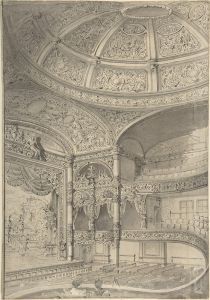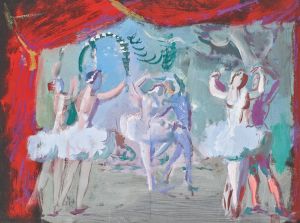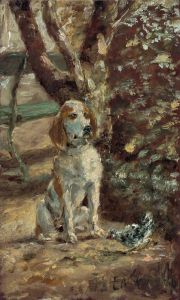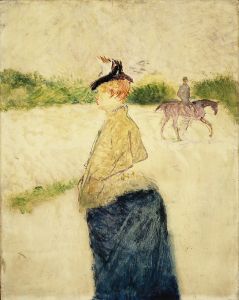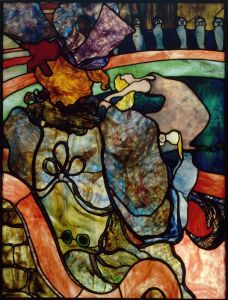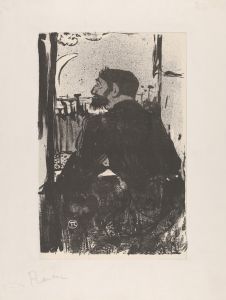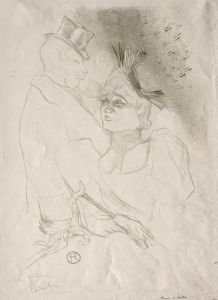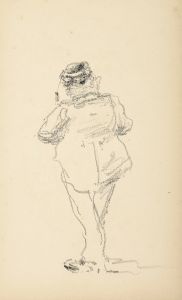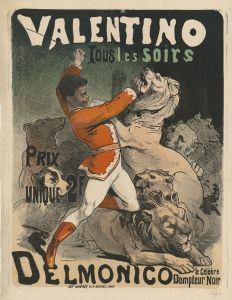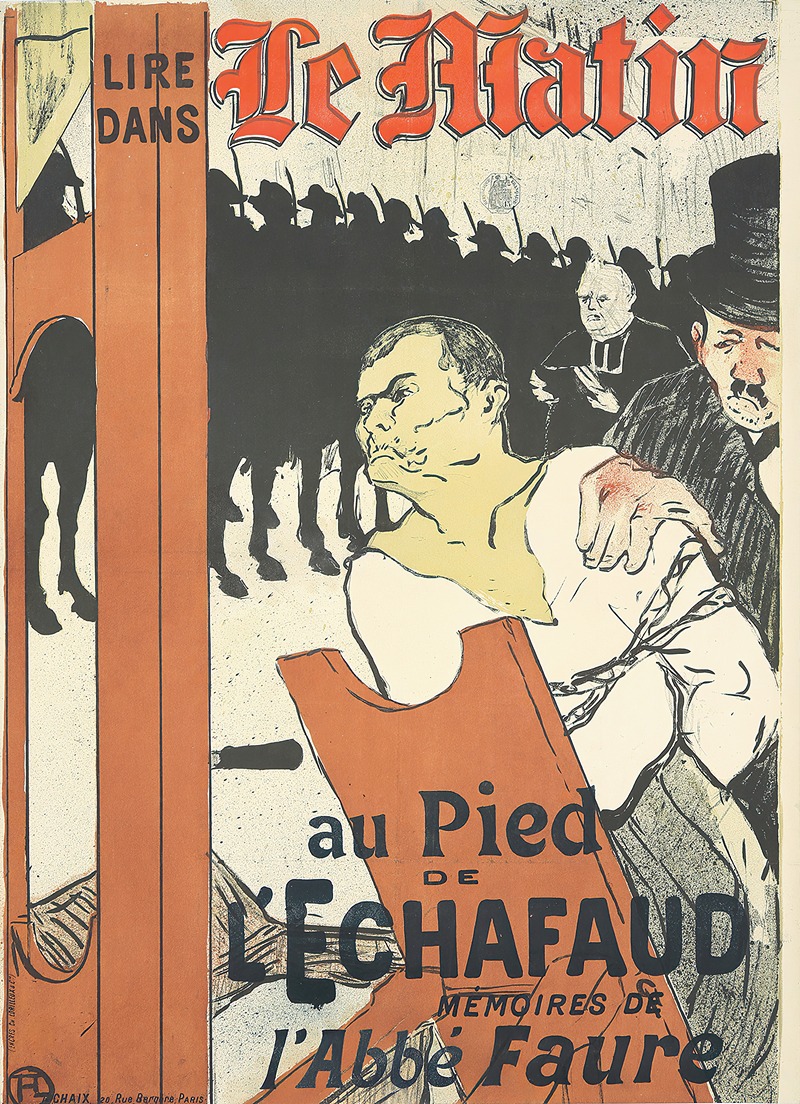
Le Matin, Au Pied de l’Echafaud
A hand-painted replica of Henri de Toulouse-Lautrec’s masterpiece Le Matin, Au Pied de l’Echafaud, meticulously crafted by professional artists to capture the true essence of the original. Each piece is created with museum-quality canvas and rare mineral pigments, carefully painted by experienced artists with delicate brushstrokes and rich, layered colors to perfectly recreate the texture of the original artwork. Unlike machine-printed reproductions, this hand-painted version brings the painting to life, infused with the artist’s emotions and skill in every stroke. Whether for personal collection or home decoration, it instantly elevates the artistic atmosphere of any space.
Henri de Toulouse-Lautrec, a prominent French painter and illustrator, is well-known for his vivid portrayals of Parisian nightlife in the late 19th century. However, specific information about a painting titled "Le Matin, Au Pied de l’Echafaud" by Toulouse-Lautrec is not widely documented or recognized in major art historical sources. Toulouse-Lautrec's oeuvre primarily includes posters, paintings, and prints that capture the bohemian lifestyle of Montmartre, featuring cabarets, dance halls, and the people who inhabited these spaces.
Toulouse-Lautrec was born on November 24, 1864, in Albi, France, into an aristocratic family. Despite his noble lineage, he is celebrated for his depictions of the working class and the underbelly of Parisian society. His work is characterized by its bold use of color, dynamic compositions, and an unflinching eye for the human condition. Toulouse-Lautrec's style was influenced by Impressionism and Post-Impressionism, and he is often associated with the Art Nouveau movement.
Throughout his career, Toulouse-Lautrec created numerous works that focused on the theme of nightlife and entertainment. He was a regular at the Moulin Rouge and other cabarets, where he found inspiration in the performers and patrons. His posters for the Moulin Rouge, such as "La Goulue" and "Jane Avril," are among his most famous works and exemplify his ability to capture movement and personality with economy and flair.
Toulouse-Lautrec's health was a significant factor in his life and work. He suffered from a genetic disorder, possibly pycnodysostosis, which resulted in his short stature and fragile bones. Despite these challenges, he was prolific, producing thousands of works in his relatively short life. His physical condition and personal experiences may have contributed to his empathetic portrayals of marginalized individuals.
The artist's technique often involved the use of lithography, a printmaking process that allowed for the mass production of his posters. This medium was well-suited to his style, which emphasized strong outlines and flat areas of color. Toulouse-Lautrec's innovative approach to lithography helped elevate the status of the poster as a legitimate art form.
Toulouse-Lautrec died on September 9, 1901, at the age of 36, leaving behind a legacy that has influenced countless artists and continues to captivate audiences. His work is celebrated for its honesty, humor, and humanity, providing a window into the vibrant and sometimes gritty world of fin-de-siècle Paris.
While "Le Matin, Au Pied de l’Echafaud" is not a widely recognized work within Toulouse-Lautrec's catalog, his existing body of work remains a testament to his unique vision and artistic prowess. His contributions to art history are significant, and his depictions of Parisian life continue to be studied and admired for their technical skill and emotional depth.





